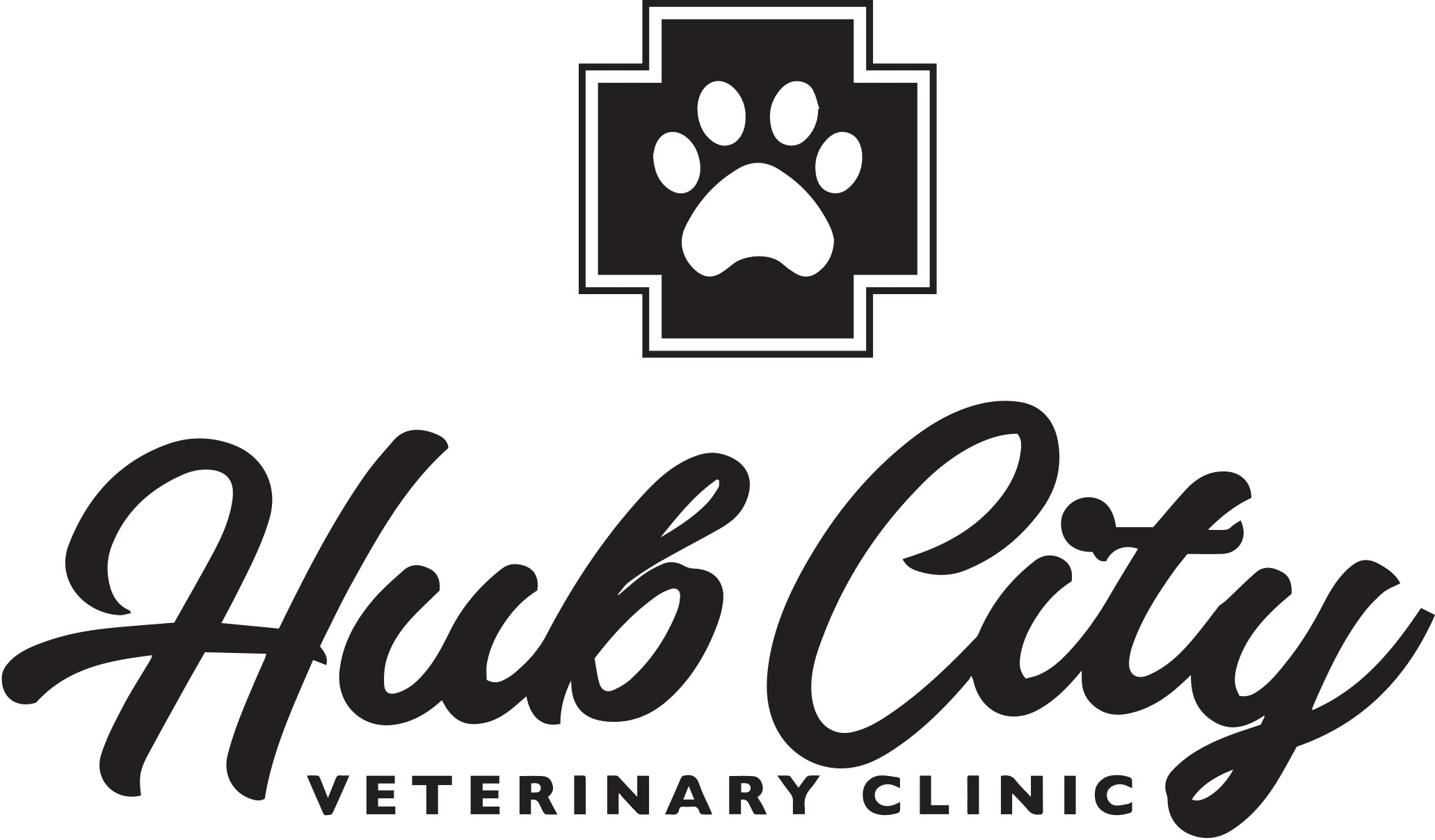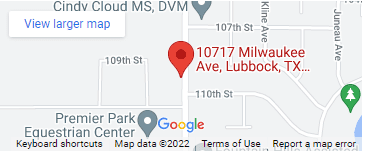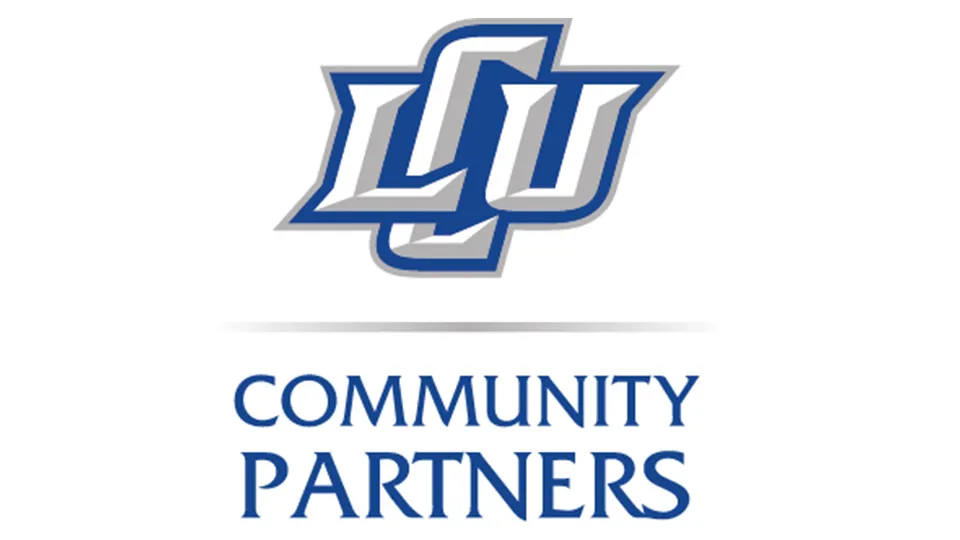Introduction
When a dog suddenly limps, avoids jumping, or struggles to play, one of the most common culprits is a torn cranial cruciate ligament (CCL). This ligament is essential for knee stability, and when it ruptures, it causes pain, lameness, and progressive arthritis if left untreated. Much like an ACL injury in humans, it’s a condition that can completely change a dog’s quality of life.
At Hub City Veterinary Clinic, we are proud to offer Tibial Plateau Leveling Osteotomy (TPLO) surgery, an advanced orthopedic procedure performed by Dr. Caleb Heatwole. TPLO is considered the gold standard for treating cruciate ligament tears in many dogs, and it allows pets to return to their active, playful selves with stronger, long-term stability.
Why TPLO Matters
Traditional repair techniques, such as extracapsular suture repairs, can help some small or sedentary dogs. But for medium-to-large breeds or active dogs, these methods often don’t provide the strength and durability needed. TPLO takes a different approach: instead of attempting to replace the damaged ligament, the procedure changes the mechanics of the knee itself.
By altering the slope of the tibial plateau (the top of the shin bone), TPLO eliminates the shearing force that occurs when the cruciate ligament is torn. The result is a stable joint that allows the dog to bear weight without pain or instability. This method not only improves long-term outcomes but also reduces the chances of re-injury compared to older techniques.
For families in West Texas, where dogs often enjoy active lifestyles — running, hiking, or working on ranches — TPLO offers the best chance of returning to full mobility.
When TPLO Is Recommended
Not every cruciate ligament injury requires TPLO, but it is often the best choice in certain situations.
TPLO is most commonly recommended for:
- Medium and large breed dogs weighing over 50 pounds
- Young, athletic dogs who place heavy demands on their joints
- Pets with complete cruciate ruptures or severe instability
- Dogs that have not improved with other treatment methods
Owners usually first notice a cruciate injury when their dog suddenly begins limping, has trouble bearing weight, or intermittently holds up a back leg. Some pets may show stiffness after exercise or swelling around the knee joint. If left untreated, these issues worsen over time and arthritis develops, making early intervention important.
The TPLO Procedure
TPLO surgery is a carefully planned and precise orthopedic procedure. At Hub City, we walk owners through each step so they know what to expect.
- Pets are placed under general anesthesia, and the surgical site is prepared.
- A curved cut is made in the tibia. The top portion of the bone is rotated to a new angle that prevents the femur from sliding forward.
- A specially designed plate and screws secure the bone in its new position.
- The incision is closed, and your pet begins recovery under close monitoring.
Though it sounds complex, the procedure has become a routine orthopedic surgery in veterinary medicine, with excellent success rates when performed by trained surgeons like Dr. Heatwole.
Recovery and Results
Most dogs begin using their operated leg within just a few days, although full healing takes several months. Recovery involves restricted activity, regular check-ups, and gradual rehabilitation to rebuild strength.
A general timeline looks like this:
- Weeks 1–2: Strict rest and short leash walks for bathroom breaks.
- Weeks 3–6: Increased weight-bearing and gentle activity.
- Weeks 7–12: Stronger mobility, with longer controlled walks and rehab exercises.
- 3–6 months: Most dogs are cleared to return to full activity, including running and playing.
Owners are often surprised at how quickly their pets improve. With proper aftercare and weight management, most dogs regain full use of their leg and return to an active, pain-free lifestyle.
What Pet Owners Can Do at Home
A successful recovery depends on teamwork between the veterinary team and the family at home. Owners can help by:
- Providing a quiet recovery space and preventing jumping or rough play
- Following medication and rehab instructions closely
- Keeping follow-up appointments for x-rays and progress checks
- Supporting overall joint health with proper nutrition and weight management
These small steps make a big difference in ensuring long-term success after surgery.
Conclusion
A torn cruciate ligament is one of the most common orthopedic problems in dogs, but it doesn’t have to mean a lifetime of pain or limited mobility. TPLO surgery at Hub City Veterinary Clinic provides a proven, effective solution that allows pets to return to running, playing, and enjoying life again.
If your dog is limping, reluctant to bear weight, or showing signs of knee pain, don’t wait for the problem to get worse. Contact Hub City Veterinary Clinic in Lubbock today to schedule a consultation with Dr. Heatwole and learn if TPLO surgery is the right solution for your pet.













